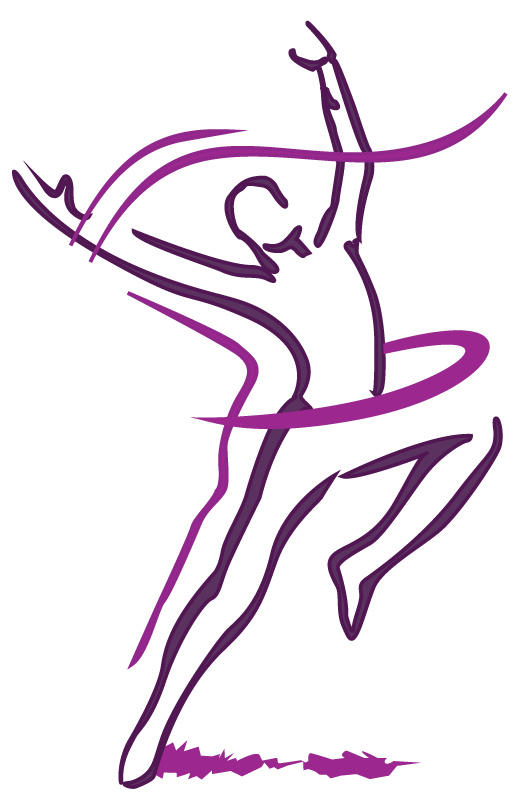Orthotics: How They Can Help
Custom made orthotics give our feet a natural and supportive platform to stand on.
“My legs just aren't as tired at the end of the day!”
It's what we hear often. Orthotics help to relieve and support a multitude of foot problems, but they also support knees, hips and backs, when the ground forces are softened. Orthotics change the way forces are transmitted through your foot. They change the pressures that are applied directly to your foot.
“I love my orthotics!”
We often get patients requesting two or three pairs when they experience what a high quality orthotic can do for them.
What to Expect at your Orthotic Assessment
Orthotic fitting: 45 minutes
Follow up visit: 15 minutes
Dr. Welham will complete a comprehensive evaluation of the motion and needs of your foot. She will ask about the history of your concern, and will match a specific orthotic style with your lifestyle. You get to choose your own top cover!
All assessments will document the mechanics of your foot in a weight bearing and a non weight bearing position. Any pressure points or problem spots are noted and specified for the lab. An orthotic fitting will include a mold of your foot, taken with your foot held in a corrective and supportive position.
All orthotic assessments include a written diagnosis for insurance billing when requested.
Specific Problems Orthotics Can Help
Over-pronation
Pronation is necessary to our gait, but over-pronation will put pressure on the medial knee and lower back. To check for excessive pronation, try to insert three fingers under the in-step of the person who is standing in stocking feet. Insertion to the first joint of your finger is healthy. Inability to slide your finger under the person’s in-step to your first joint in an indication of flat feet, or excessive pronation. Ideally we want a 90 degree angle between the back of the leg and the floor. A strong pronator will have a reduced angle at the medial ankle bone.
Medial Knee Pain
Repeated medial knee pain may indicate excessive pronation.
Hip Pain
Hip pain may indicate excessive pronation or a leg length difference. It may also indicate faulty function in the hip. An orthotic will provide stable and neutral ground forces for less stress on the hip.
Back pain after running
As above, an orthotic will help to support all joints including the back.
Uneven leg length
What is important is how much difference there is! If it is more than one centimetre our body must compensate. Suspect an uneven leg length if you see single foot pronation, an uneven belt line, uneven shoulders, or notice that the back of the head is not level. Walking or running on a long leg is equivalent to running on one high heel! Ouch!
Dropped metatarsal heads
Check for calluses anywhere under the ball of the foot. This may mean the met head is getting repeated pressure on it. Even pressure can be achieved with an orthotic.
Heel spurs or sore spots on foot
Sometimes the bony structure of the foot has a sensitive spot due to a heel spur or bony malformation. A cut out in the orthotic will allow space to relieve any external stress.
Bunyans, or an enlarged first toe joint
This may be caused when there is repeated stress on the first metatarsal phalangeal joint (MTP), and is often due toe excessive pronation. For some people the first toe is very rigid and doesn’t bend well with the toe off. Osteoarthritis may form in this joint, causing a sensitive and enlarged knuckle. An orthotic can help by distributing the weight evenly among all the toes or by allowing a cut out for the first MTP, reducing the pressure.
Repeated Shin Splints
Shin splints are micro stress fractures in the tibia (shin) bone. An orthotic can help cushion the landing part of the gait and soften the ground forces shearing into the leg.


